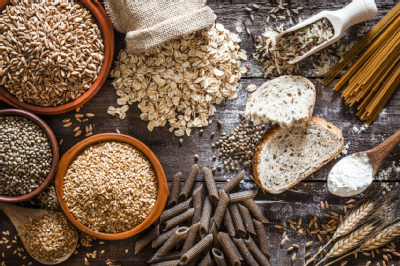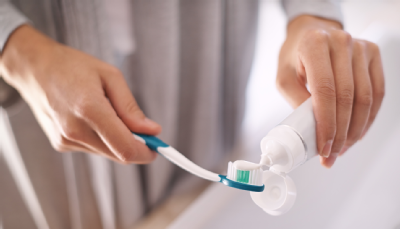About gluten
- Gluten is found in the grains wheat, barley and rye.
- Gluten is found in foods like bread, pasta, cereals, flour, cakes and biscuits.
- It can also be found in processed foods such as soups, sauces and ready meals.
- Gluten will only cause a problem if you eat it; it cannot be absorbed through the skin.
If you have coeliac disease or need to avoid gluten for other medical reasons, it's important to know which foods contain gluten and which foods you should check before eating. You also need to know what the safe level of gluten is.
About gluten
Gluten is a protein found in the cereals wheat, barley and rye. Some people also react to a similar protein found in oats.
The most obvious sources of gluten are:

- bread
- pasta
- breakfast cereals
- flour
- pastry
- pizza bases
- cakes
- biscuits
- soups
- sauces
- ready meals
- sausages.
Gluten in non food items
Gluten only causes a problem if you eat it. It cannot be absorbed through the skin.
 Cosmetics
Cosmetics
It is unlikely that you would swallow enough lip balm or lipstick to cause a problem. If you're concerned then you should contact the manufacturers directly about specific products.
It is possible to be sensitive to ingredients used in cosmetics, but this has nothing to do with coeliac disease specifically. If you experience skin irritation when using any cosmetics, discontinue use and visit your GP.
Gum on envelopes
The Post Office and envelope manufacturers have assured us that the gum used on envelopes and stamps is gluten free and safe for people following a gluten free diet.
Toothpaste
 We are not aware of any toothpaste that contains gluten.
We are not aware of any toothpaste that contains gluten.
Gluten only causes a problem for people with coeliac disease if it is eaten. Even if toothpaste did contain gluten, it would be very unlikely that you would swallow enough of it to cause a reaction.
If you have concerns about toothpaste, we'd recommend that you check the ingredients list and contact the manufacturers directly.